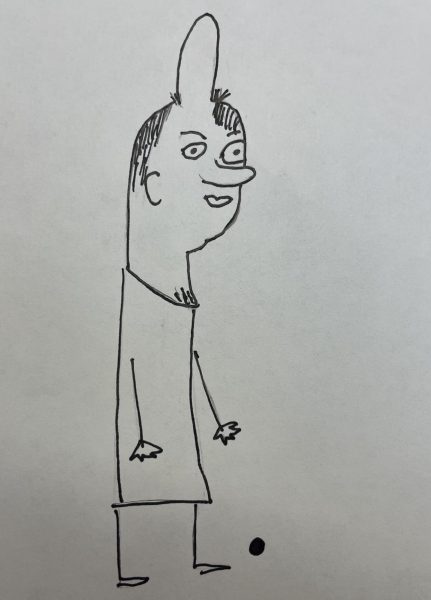LGBTQ Athletes
Gays and sports? It’s more likely than you think.
Whether it’s bonding over a loved activity, or connecting over a similar identity, Garfield’s LGBTQ and sports communities love the sense of belonging that comes with these groups. Even though this is true, there is also the reality that some students who intersect these identities feel alienated, like their queerness distances them from their teammates.
Sam Zito, a trans non-binary athlete, was a swimmer for Garfield’s swim team last year and just finished their first season of cross country. When talking about their experience with cross country, Zito noted feeling a sense of belonging.
“There are good communities attached to [it],” Zito said.
Swim team on the other hand, has been harder for Zito to find a sense of community.
“In swimming, everyone kind of stays away from you [as a trans athlete],” Zito said.
Although Zito faced alienation as the only trans athlete on the swim team, they recognize that Washington is much safer for LGBTQ identified people than in other states.
“There are laws protecting queer people in sports that allows them to be where they want to be,” Zito said. Although their teammates may not always be the most welcoming, Zito’s coaches have actively tried to make them feel welcome.
“The swim team and cross country coaches are really great at including everyone,” Zito said.
Egeljin Myagmarsuren, a queer softball manager, has had a more positive experience regarding Garfield sports.
“Everyone tries their best to make everyone feel welcome,” Myagmarsuren said.
Although her experiences in Garfield sports have been primarily positive, Myagmarsuren recognizes that this isn’t the case for everyone.
“I definitely have privilege as a cis[gender] person,” Myagmarsuren said.
When talking about resources for queer athletes, she commented on SLAY and Coaching Boys into Men, programs that promote sexual consent and assault prevention, as well as the rejection of gender
stereotypes.
“SLAY and Coaching Boys into Men don’t really cover anything [regarding LGBT athletes],” Myagmarsuren said.
Kiran Lingappa, a bisexual wrestler, has also had a pleasant
experience in terms of Garfield’s sports. Lingappa has overall felt comfortable being himself in an athletic environment.
“I didn’t have to change who I was… Wrestling is small, so it is kind of like my queer space in GHS, because I feel comfortable there,” Lingappa said.
The collective experiences of these athletes and others demonstrate that although there are plenty of safe spaces for them, there is still room for improvement in terms of establishing a more welcoming environment for LGBTQ, especially trans, identified athletes at Garfield.
Zito and Myagmarsuen suggest discussing these issues, and amplifying the voices of queer athletes to increase safety and comfort in Garfield athletics.
“Start to talk about it, start conversations,” Myagmarsuren said.
“If someone could be not ok towards a queer person, try to talk to that person and ask why. Try and find their reasoning behind that,” Zito said.



